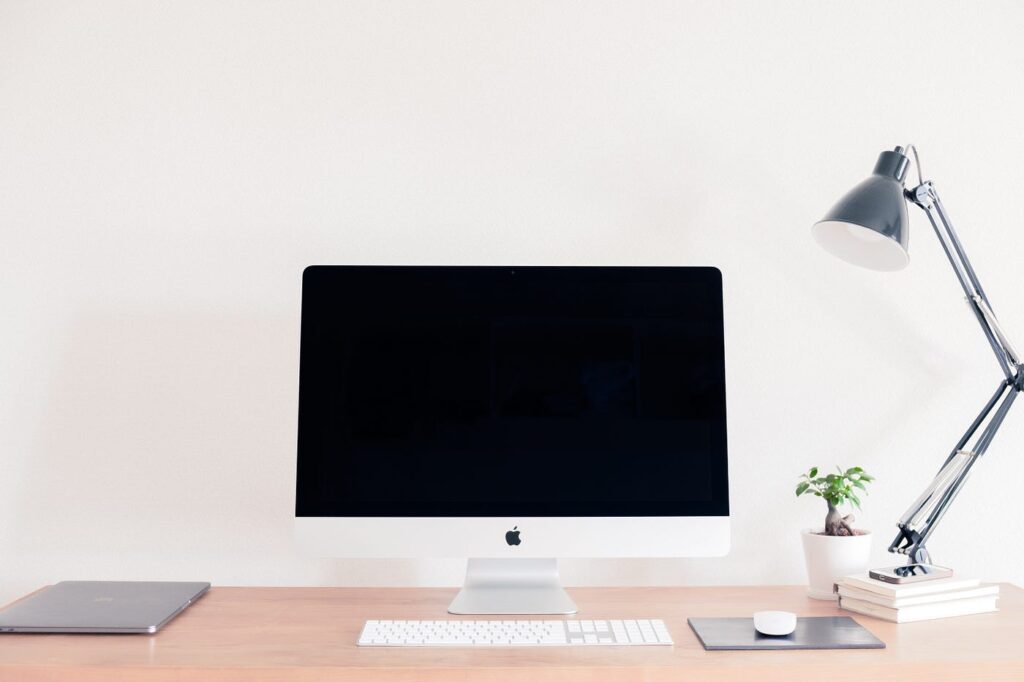Folks who are new to software development sometimes ask me about my career path. The first time I fielded this question, I told my story in a straightforward way. Hearing myself talk, though, I realized: this way of telling my story is probably not a good idea.

People who ask me this question are often actually asking me about their own career path. They see where I’ve landed, and perhaps they imagine they want to land somewhere similar. They might be comparing their path to my own, perhaps to see if they might make some of the same steps that I’ve made along the way.
And my route is almost certainly not the route for someone else.
Step one: pay a utility bill
First and foremost: my story starts with my first tech job, in 1996… or maybe before that, with my undergraduate major in English… or even before that, with my first computer experiences as a kid learning BASIC on Commodore 64s and TRS-80s.
I may have been using computers since I was a kid, but I sure wasn’t carrying one in my pocket until well after I graduated from college. If you were carrying a smartphone when you were single-digit age, we have grown up in very different times. That’s significant. If I wanted to learn how to program a computer, I had to go somewhere that had computers and take a class.
Also, my first job in tech WAS in 1996 — during the “dot com bubble” days. I stumbled into it by trying to pay my gas bill online. The gas company didn’t have a website, so their URL went instead to the small local internet company that was hosting the domain. I poked around the site, discovered that the internet company was hiring for tech support, and I applied. As my boss from that company later told me, “you had the customer service skills, we could teach you the rest.”
You may be starting to see why I don’t recommend that you follow my path. Getting a job by trying to pay a utility bill online and inadvertently stumbling into a company that will train you is not a great career plan.
Step two: impulse buy an education
I moved from tech support to abuse handling (canceling spammer accounts, yay!) to network engineering. Then 2001 happened, the dot com bubble burst, and I got laid off, along with a lot of other people.
I quickly discovered that nobody was hiring the sort of network engineer I was, at least not at the junior-to-intermediate level I was at. They wanted people who could route network traffic within an office building. I only knew how to route network traffic between major cities.
One fine Sunday, while still unemployed, I started to toy with the idea of going back to school. Maybe not for a full degree, but just to get some other interesting tech experience. Worcester Polytechnic Institute offered a several-months-long graduate certificate program in UNIX, C, and C++. I knew some UNIX, and I had a lot of time on my hands. I submitted the “request more info” form.
Later that day, I was out on a bike ride when I got a call back (on my flip phone!) from WPI. The nice lady described the program. It sounded interesting. I explained my background, she thought it was a match for them. I asked when it would be offered next. I could hear her typing. The next round would start [clickety clickety]… on Monday morning. Less than 24 hours later.
I told her I didn’t know how I’d pay for it. She said we’d figure that out when I got there, and if I could arrive early, I could complete the paperwork then. So yeah, I impulse-bought a graduate certificate program while on a bike ride. If you weren’t already convinced that you shouldn’t follow in my footsteps…
To be fair, it worked out. I rediscovered that I still loved programming. But you could perhaps do a bit more research than I did, to better effect.
Step three: work somewhere for a year or sixteen
I was tutoring a fellow classmate during that program, so when he got a job somewhere, I thought “hey, if he can, and I was tutoring him, then I can…” That company had proprietary software, written in a proprietary language, on a proprietary operating system. I was pretty sure I wouldn’t stay longer than a year.
I didn’t stay for a year. I stayed for sixteen years.
I started as a service programmer, which mostly meant troubleshooting problems and fixing bugs with manual code patches. I got promoted. I went back to school, doing an undergraduate certificate in Computer Science. It was perfect — all the coursework I had missed from being an English major, without having to get a full bachelor’s degree again. It was also entertaining, as a senior programmer, to tell my boss I was taking an intro to programming class. 😉
I moved on to being a developer, which was more about working on new features for an application (but still troubleshooting and fixing bugs with manual code patches). I got promoted again. Eventually, though, I really wanted to learn mainstream technologies.
So I went back to school, again.
Step four: go overboard
You know, if you want to be a web developer, even a full stack developer, I’m not at all convinced that you need a master’s degree in software development. Some places will hire you without a degree, some will insist on a bachelor’s degree, but a master’s degree? It’s debatable whether or not I went overboard with that.
I had tuition reimbursement, so work paid for about half of it. And that — plus 16 years as a dev — probably did enable me to come to my current employer at a higher level than I might have otherwise. Also, I am not great about sticking with a self-driven program, but put me in an academic setting, and I’ll slay it (I had a 4.0).
However, if I wasn’t already cringing at telling you my bizarre and improbable story, I’m definitely cringing to tell you about the master’s degree. I don’t want people who are just starting out to think “OMG, to get to where I want to go, I need 25+ years in tech and a master’s degree?? I’m never going to get there.”
But “there” (where I am) isn’t where you want to go. Because here’s the ultimate reason why you shouldn’t follow my path: you’re not me.
Step zero: take your own steps
My path has given me a unique combination of skills, perspectives, and experiences. Do they make me extremely well-qualified to do what I do? I sure think so.
But here’s the secret: I’m doing what I’m doing because I enjoy it… and I’m qualified to do this job that I enjoy because, for 25+ years, I’ve just kept doing, and getting better at, what I enjoy doing.
I didn’t know “what I wanted to be when I grew up” until my late 20s, when I impulse bought that graduate certificate and remembered that I loved programming. Even then, I didn’t know what I wanted to focus on. I tried stuff out. In the process, I discovered what isn’t for me, like network engineering, low-level programming languages, and CSS.
The chances are slim that you want to do exactly what I do. You can see my experience or my title and guess what I do, but unless you’re my manager, you likely have inaccurate guesses about what I actually do. If you do think you find my role appealing, answer this: what do you imagine that I do? What most interests you about that?
Just like how my own starting point is probably not like yours, my own current role is probably not your true target. Therefore, how I got from my “Start” to my “Here” — while perhaps a fine story — is not nearly as useful to you as working out your own path to get from where you are now to your own destination.
“Follow your heart” isn’t quite what I’m recommending here. I’m suggesting something more down-to-earth. Try stuff that appeals to you. Figure out what you most enjoy doing — and, ideally, how you can get paid to do it. Then, do more of that, for as long as you continue to like it. When you get annoyed or bored (or laid off), stop and assess where you want to go next.
Don’t follow me. Your own path awaits.
Originally posted 12 September 2023 on Medium.




